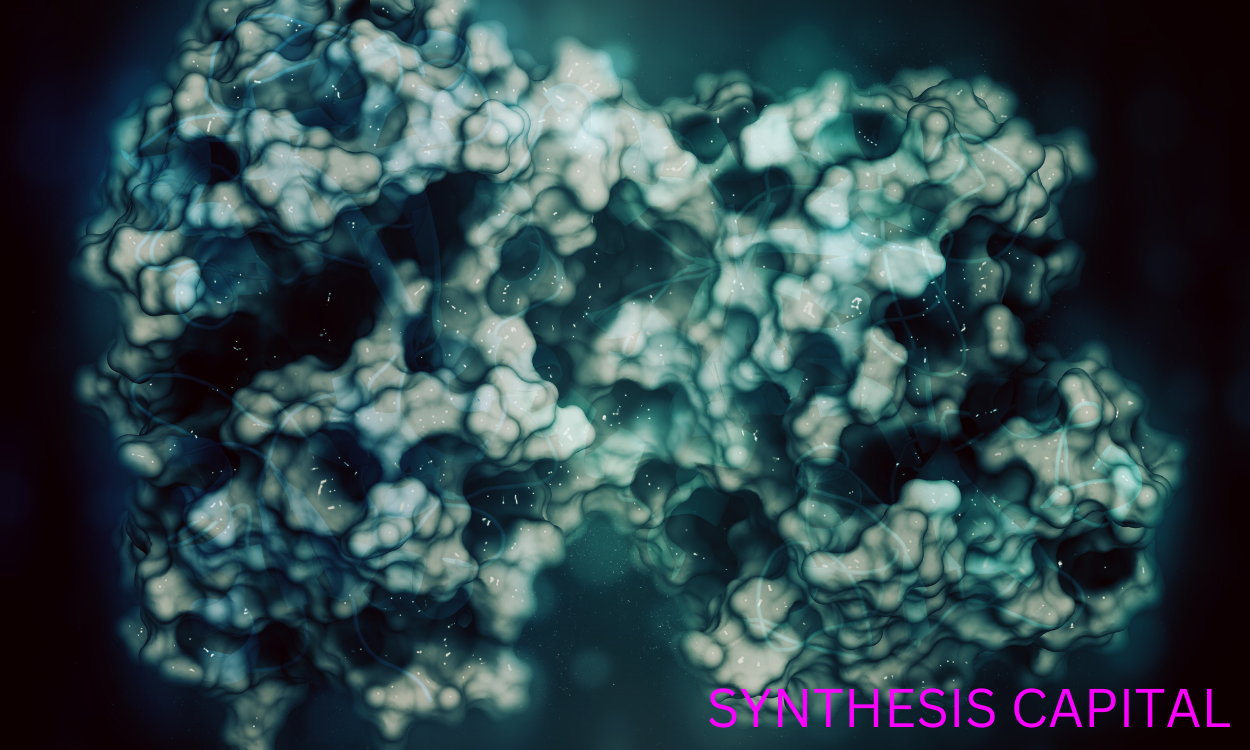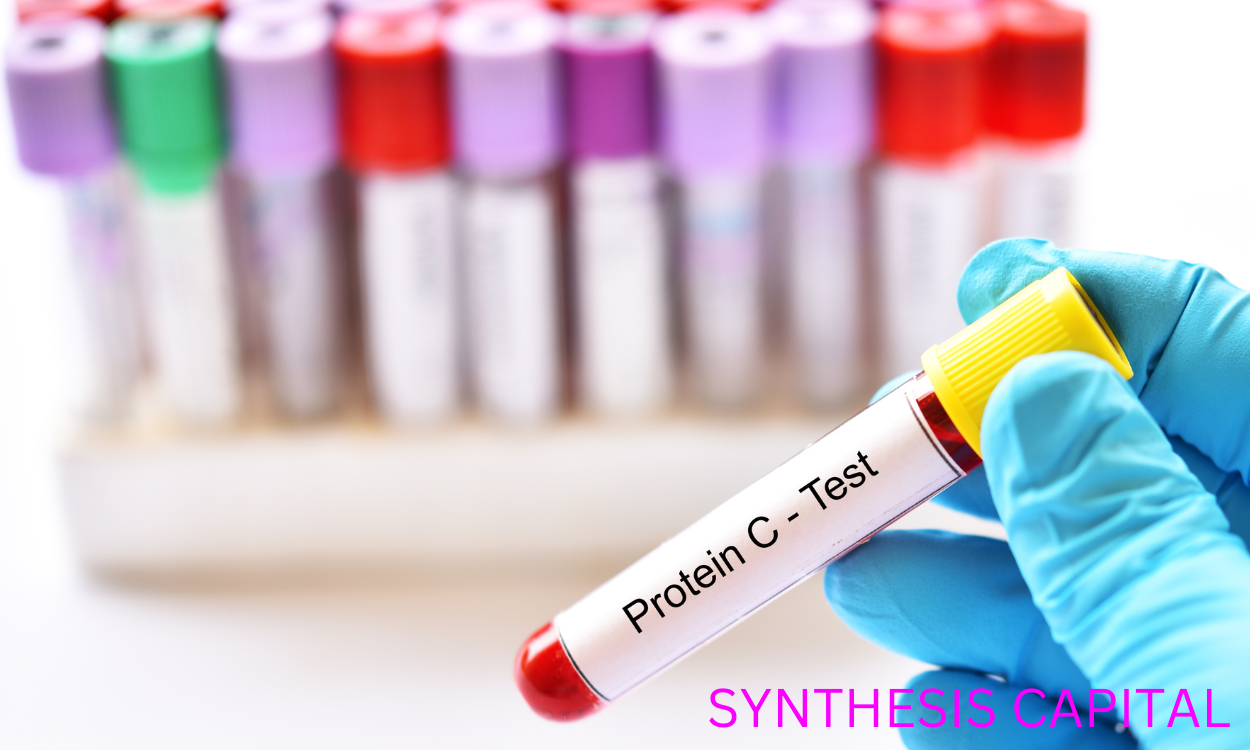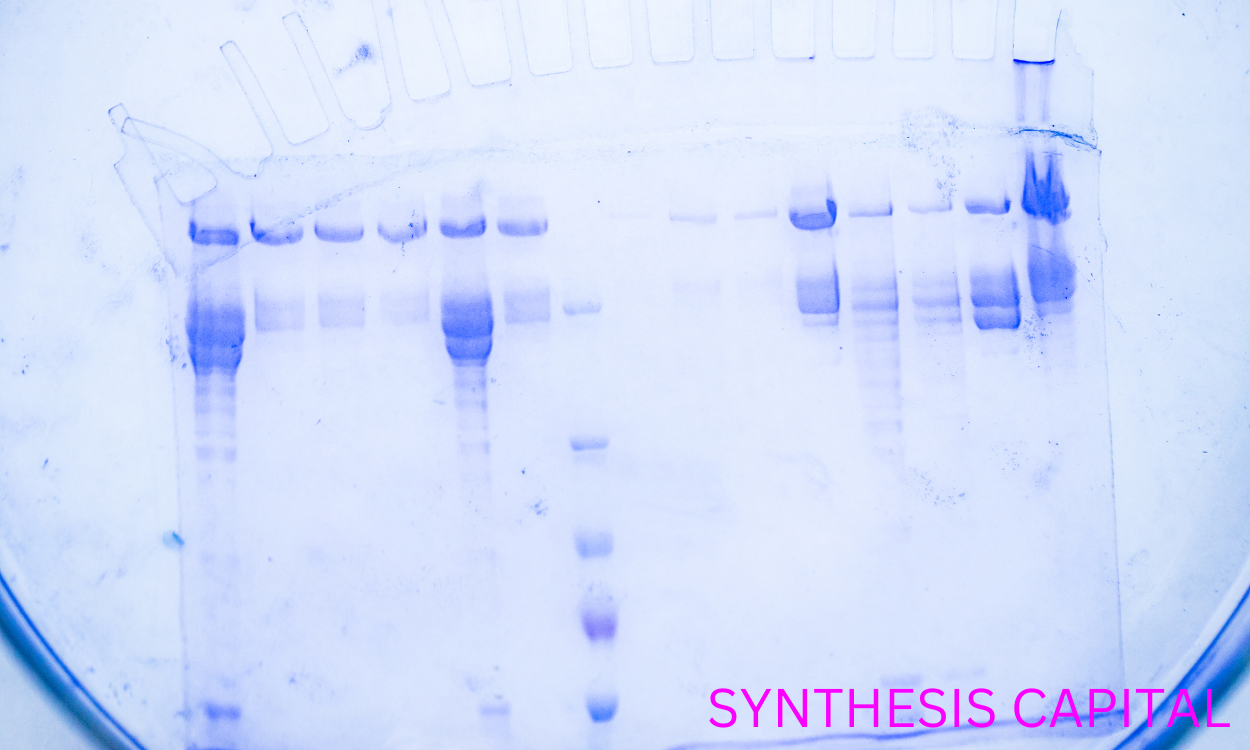Proteins are essential components of all living cells, playing crucial roles in various biological processes. Extracting proteins from plant tissues is a fundamental step in studying their structure, function, and interactions. This process involves breaking down the plant cell walls to release the proteins, followed by purification and analysis to characterize their properties. Different extraction methods can be employed depending on the type of plant tissue and the specific research objectives. Understanding the principles and techniques of protein extraction from plant tissues is vital for advancing our knowledge in fields such as biochemistry, molecular biology, and plant physiology.
Common Methods for Extracting Proteins from Plant Tissues
The most common methods used for extracting proteins from plant tissues include mechanical disruption techniques such as grinding or blending the tissue to break down cell walls, followed by either chemical extraction using reagents like buffers or detergents to solubilize the proteins, or physical methods such as sonication or homogenization to further disrupt the cells and release the proteins. These extracted proteins can then be purified using techniques like chromatography or electrophoresis to separate them based on size, charge, or affinity, allowing for their identification and analysis in various research applications.

How do different types of plant tissues affect the extraction process of proteins?
Different types of plant tissues affect the extraction process of proteins due to variations in cell wall composition, membrane permeability, and protein solubility. For example, woody tissues have a higher lignin content in their cell walls which can make it more difficult to extract proteins compared to softer tissues with less lignin. Additionally, different tissues may have varying levels of enzymes and other compounds that can interfere with protein extraction or degrade the proteins during the process. Furthermore, some tissues may contain proteins that are more easily soluble in certain solvents or at specific pH levels, leading to differences in extraction efficiency depending on the tissue type being used. Overall, understanding the unique characteristics of different plant tissues is crucial for optimizing protein extraction methods and obtaining high yields of pure proteins for various applications.
What factors can impact the yield and purity of extracted proteins from plant tissues?
The yield and purity of extracted proteins from plant tissues can be impacted by various factors, including the type of plant tissue used (such as leaves, roots, or seeds), the age and health of the plant, the extraction method employed (such as homogenization, sonication, or grinding), the pH and buffer used in the extraction buffer, the presence of interfering compounds (such as phenolics or polysaccharides), the temperature and duration of extraction, and the storage conditions of the extracted proteins. Additionally, the efficiency of protein extraction can be influenced by the presence of proteases that degrade proteins during extraction, as well as the presence of inhibitors that interfere with downstream analysis or purification steps. Proper optimization of these factors is essential to achieve high yields and purity of extracted proteins from plant tissues for subsequent analysis or applications.
Are there specific enzymes or chemicals that are commonly extraction of proteins from plant tissues used in protein extraction from plant tissues?
Yes, there are several enzymes and chemicals commonly used in protein extraction from plant tissues. Some of the most commonly used enzymes include proteases, such as trypsin or papain, which help break down proteins into smaller peptides for easier extraction. Other common chemicals used in protein extraction from plant tissues include detergents like Triton X-100, which help solubilize membrane proteins, and chaotropic agents like urea or guanidine hydrochloride, which disrupt protein-protein interactions and help to denature proteins for extraction. Additionally, reducing agents like dithiothreitol (DTT) or beta-mercaptoethanol are often used to break disulfide bonds in proteins to aid in extraction.
How does the age of the plant tissue impact the efficiency of protein extraction?
The age of plant tissue can impact the efficiency of protein extraction due to changes in protein composition and structure over time. Younger tissues typically have higher levels of enzymes and proteins involved in metabolic processes, making them more susceptible to degradation during extraction. In contrast, older tissues may have tougher cell walls and reduced enzyme activity, which can hinder the release of proteins during extraction. Additionally, aging tissues may accumulate secondary metabolites or compounds that interfere with protein extraction processes, further reducing efficiency. Overall, the age of plant tissue plays a critical role in determining the success of protein extraction methods.

Challenges in Protein Extraction from Plant Tissues
One of the main challenges researchers face when extracting proteins from plant tissues is the presence of complex cell walls that can hinder the release of proteins. Additionally, plant tissues contain high levels of interfering compounds such as phenolic compounds and polysaccharides, which can interfere with protein extraction and purification processes. Furthermore, variability in protein abundance and localization within different plant tissues adds another layer of complexity to protein extraction procedures. Overall, overcoming these challenges requires optimization of extraction methods, use of specialized reagents, and careful consideration of tissue-specific factors to ensure efficient and accurate protein extraction from plant tissues.
Impact of Extraction Techniques on Protein Quality
Different extraction techniques, such as sonication or grinding, can have varying effects on the quality of extracted proteins. Sonication utilizes high-frequency sound waves to disrupt cell walls and release proteins, resulting in a more gentle and efficient extraction process compared to mechanical methods like grinding which can cause denaturation or degradation of the proteins. Additionally, sonication can provide higher yields of intact proteins with minimal damage, whereas grinding may introduce contaminants and impurities that can affect the overall purity and quality of the extracted proteins. Ultimately, the choice of extraction technique will depend on the specific requirements of the proteins being extracted and the desired quality of the final product.
What advancements have been made in the field of protein extraction from plant tissues in recent years?
Recent advancements in the field of protein extraction from plant tissues have focused on developing more efficient and high-yield methods that minimize loss and degradation of proteins. Researchers have been exploring novel techniques such as ultrasound-assisted extraction, enzyme-assisted extraction, and microwave-assisted extraction to enhance the extraction process. Additionally, there has been a growing emphasis on utilizing green solvents and sustainable methods to extract proteins from plant sources, aiming to reduce the environmental impact of protein extraction processes. These advancements have led to improved extraction efficiency, higher protein yields, and better preservation of protein integrity, making plant-based proteins more accessible and sustainable for various applications in the food, pharmaceutical, and biotechnology industries.
The Efficiency of Protein Extraction from Plant Tissues
1. Use a suitable buffer to maintain the pH and ionic strength of the extraction solution.

2. Break down cell walls using mechanical or enzymatic methods to release proteins.
3. Centrifuge the extract to separate soluble proteins from cell debris.
4. Precipitate proteins with appropriate reagents such as salts or organic solvents.